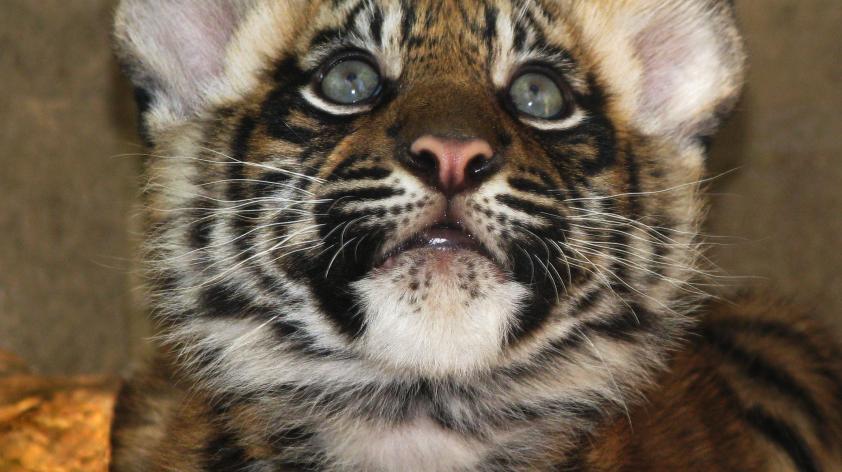
Developing an oocyte vitrification protocol to save endangered felids
As a senior research associate in the Reproductive Sciences laboratory, I conduct research for the benefit of threatened and endangered species. The most difficult challenge for me is the small number of animals of each species contributing cells or tissue for an experiment. A well-designed experiment needs a sufficient “n” (number of animals) with which to do the statistical analysis needed to compare experimental variables. In order to compensate for this drawback, our lab team has gotten creative in the use of non-endangered or domestic animals as models for the related endangered species we wish to study.
For example, we attend local spay and neuter clinics to collect discarded gonads from cats, dogs, horses and rabbits. We get samples from statewide deer and oryx hunts or even Burmese python and Argentine black and white tegu eradication programs in the Florida Everglades (see Collecting sperm during python challenge). All of these opportunistically-collected samples are a great resource for our lab as we develop assisted reproductive techniques for endangered species.
For now, I’d like to tell you about our work with domestic cats. We have a long-standing partnership with the Feral Cat Coalition spay/neuter clinic. This non-profit organization is dedicated to reducing the suffering and overpopulation of feral and abandoned cats by humane trapping, spaying and neutering, then returning feral cats back to their outdoor homes. These clinics are performed weekly and the veterinarians and volunteers are gracious enough to take the time to save the gonads for our experiments. Under one stipulation: I do not plan to make any more feral cats! We are using these gonads to develop protocols that can be used to save sperm, oocytes, embryos and tissue from endangered felid species like the snow leopard, Sumatran tiger, and Transvaal lion.
Our latest experiments include determining the best method to vitrify immature domestic cat oocytes. Vitrification is a process of rapid freezing that prevents the formation of cell-damaging ice crystals by instantly solidifying liquids inside and outside the cells. After we freeze the oocytes, they are thawed, matured in vitro and fertilized with cat sperm. Finally, we grow the embryos in the incubator until they have reached the blastocyst stage, the final stage before implantation. Vitrification of oocytes and embryos is the most widely utilized freezing technique in human IVF clinics.
We apply the procedures that have been perfected in the human IVF industry to our work with domestic cat oocytes. Commercial vitrification kits save fertility clinic embryologists the intensive labor of formulating the necessary freezing and thawing solutions. Unfortunately, these very specialized kits come with a high price tag, but fortunately for us everything sold to human IVF clinics has a strict expiration date. We know from experience that the kits are fully functional for a period beyond the expiration date. Local fertility clinics and manufactures donate newly expired vitrification kits to our lab, saving us tens of thousands of dollars! It’s sort of a win/win. Fertility clinics and manufacturers don’t feel guilty about discarding perfectly viable kits and we save money by using them.
We have tested multiple vitrification kits on hundreds of oocytes and have finally it narrowed down to the kit that works best for immature domestic cat oocytes. Each brand of vitrification kit has a different cryoprotectant (a chemical that protects cells from freezing damage), or even a combination of cryoprotectants with varying concentrations. The kits also have different incubation times in each solution. By trying every protocol option over the past two years, it is safe to say that, in the unfortunate event that we receive post mortem ovaries from endangered felids, we will know how to freeze their oocytes.
The resources donated by local feral cat clinics and the human fertility clinics have made my job much easier. Not only has it helped us develop a protocol for freezing the oocytes of endangered felids, but these valued colleagues know they are contributing to the Zoo’s conservation mission.













